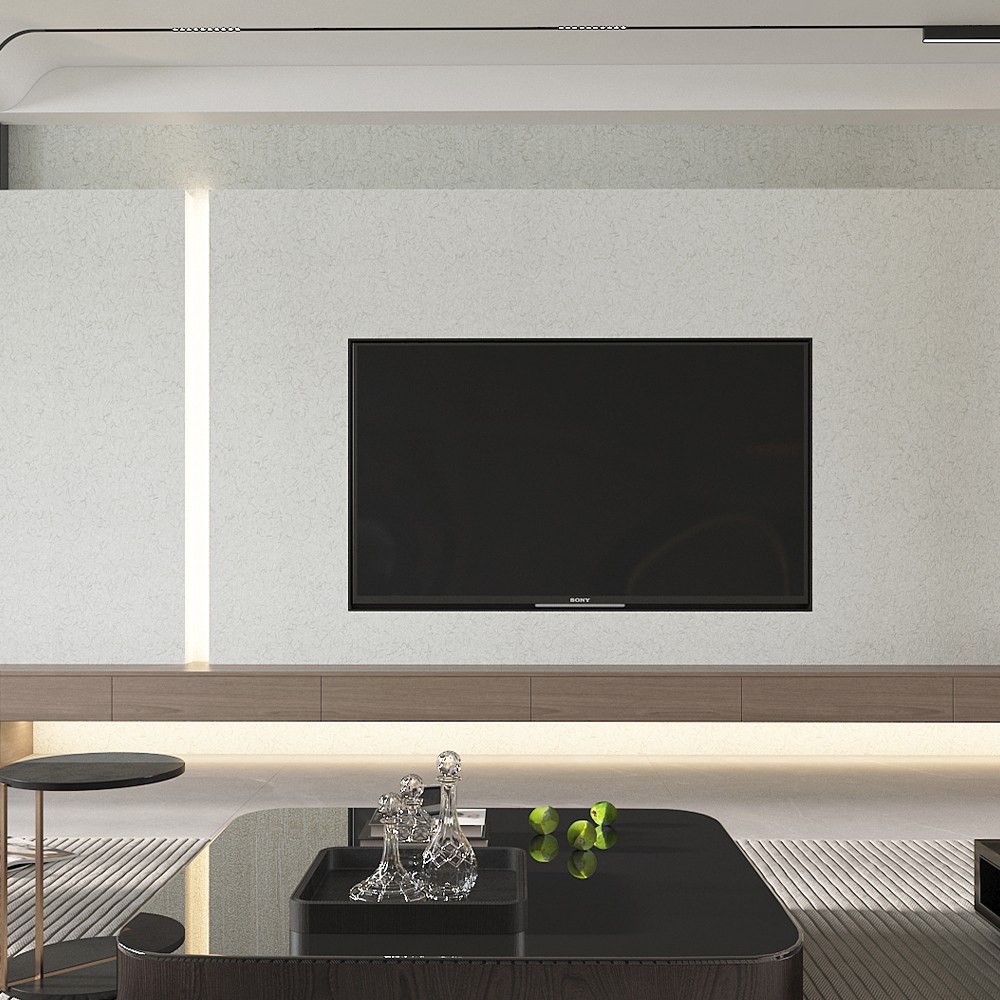External wall coatings play a pivotal role in defining a building’s character while protecting its structure from environmental elements. Among the various options available, textured external wall coatings have emerged as a popular choice for architects, homeowners, and developers alike. Unlike smooth, flat paints, these coatings feature tactile, three-dimensional surfaces created through the addition of aggregates, specialized application techniques, or unique formulations. This article delves into the world of textured external wall coatings, exploring their types, benefits, applications, and maintenance tips to help you make informed decisions for your next project.

#Understanding Textured External Wall Coatings
Textured external wall coatings are specialized paints or finishes designed to create a raised, tactile surface on exterior walls. They differ from conventional flat or semi-gloss paints by incorporating materials like sand, stone chips, polymers, or fibers, which add depth and texture. The result is a visually striking finish that not only enhances a building’s aesthetic appeal but also provides functional benefits such as improved durability and weather resistance. These coatings are versatile, available in a wide range of textures—from subtle sand-like grains to bold, stone-like patterns—and can be customized to match any architectural style, from modern minimalism to rustic charm.
#Types of Textured External Wall Coatings
The market offers several types of textured external wall coatings, each with unique characteristics and applications:
1. Sand Texture Coatings: Made with fine or coarse sand aggregates, these coatings create a matte, granular finish. They are lightweight, cost-effective, and ideal for hiding minor wall imperfections. Sand texture coatings work well on residential buildings, adding a soft, natural look without overwhelming the structure.
2. Stone Chip Coatings (Stucco or Render): These coatings blend natural stone chips (like granite or marble) with binders to mimic the appearance of natural stone. They are highly durable and weather-resistant, making them suitable for commercial buildings, luxury homes, or areas with harsh climates. Stone chip coatings offer a high-end, sophisticated finish that elevates curb appeal.
3. Elastic Textured Coatings: Formulated with elastic polymers, these coatings can stretch and contract with the wall, preventing cracks caused by temperature fluctuations or structural movement. They are excellent for regions prone to extreme weather (e.g., freeze-thaw cycles) and are often used in high-rise buildings or older structures with existing wall instability.
4. Popcorn or Orange Peel Textures: Characterized by small, bumpy patterns, these coatings are lightweight and easy to apply. While less common for exteriors, they are sometimes used in sheltered areas (e.g., porches or covered walkways) for a playful, retro aesthetic.
#Key Benefits of Textured External Wall Coatings
Textured external wall coatings offer a unique blend of aesthetic and functional advantages, making them a superior choice over traditional paints:
- Enhanced Aesthetics: With customizable textures and colors, these coatings transform plain walls into focal points. Whether you prefer the warmth of sandstone, the elegance of marble, or the modernity of geometric patterns, textured coatings allow architects and homeowners to express creativity and align with design themes.
- Superior Protection: Textured coatings act as a protective barrier against environmental stressors. Their thick, layered structure resists water penetration, preventing mold growth and structural damage. Many formulations also include UV inhibitors to prevent fading, ensuring long-lasting color vibrancy.
- Increased Durability: Compared to standard paints (which may peel or crack within 5–7 years), textured coatings can last 10–15 years with proper maintenance. Their robust composition withstands abrasion, impact, and harsh weather, reducing the need for frequent repainting.
- Conceals Imperfections: Uneven walls, small cracks, or surface blemishes are easily hidden by textured finishes. This is particularly valuable for older buildings or DIY projects where achieving a perfectly smooth surface is challenging.
- Eco-Friendly Options: Many modern textured coatings use water-based formulas with low volatile organic compounds (VOCs), making them safer for the environment and indoor air quality. Some even incorporate recycled materials, aligning with sustainable building practices.
#Applications: Where to Use Textured External Wall Coatings
Textured external wall coatings are versatile and suitable for various building types and environments:
- Residential Buildings: Homeowners often choose sand or stone chip textures to enhance curb appeal. For example, a coastal home might use light-colored sand texture to complement beachside aesthetics, while a mountain cabin could opt for stone-like coatings to blend with natural surroundings.
- Commercial Structures: Office buildings, hotels, and retail spaces benefit from the durability and professionalism of textured coatings. High-traffic areas (e.g., mall exteriors) use elastic coatings to resist wear, while luxury hotels may select marble chip finishes for a premium look.
- Historical Renovations: When restoring heritage buildings, textured coatings can replicate traditional materials (e.g., stucco or stone) at a lower cost than authentic masonry. This preserves architectural integrity while improving structural performance.
- Industrial Facilities: Factories and warehouses use heavy-duty textured coatings to protect walls from chemical exposure, moisture, and physical impact. Elastic formulations are ideal here, as they withstand frequent vibrations and temperature changes.
#Choosing the Right Textured External Wall Coating
Selecting the perfect textured coating requires considering several factors:
- Climate: In rainy or humid regions, prioritize water-resistant coatings (e.g., stone chip or elastic formulas) to prevent moisture damage. Arid climates may benefit from UV-resistant options to avoid fading.
- Building Style: Modern buildings pair well with sleek, uniform textures (e.g., fine sand or smooth stone chips), while traditional architecture suits more organic, irregular patterns (e.g., rough stucco or river stone textures).
- Budget: Sand textures are the most affordable, while stone chip coatings are higher in cost but offer long-term savings due to durability. Elastic coatings fall mid-range, balancing performance and price.
- Maintenance Accessibility: High-rise buildings or hard-to-reach areas may require low-maintenance options (e.g., self-cleaning coatings with dirt-resistant properties) to reduce upkeep efforts.
#Maintenance Tips for Longevity
To maximize the lifespan of textured external wall coatings, follow these maintenance practices:
- Regular Cleaning: Rinse walls annually with a low-pressure hose to remove dirt, dust, and mildew. Avoid harsh chemicals, as they can damage the coating’s finish.
- Inspect for Damage: Check for cracks, peeling, or discoloration twice a year (ideally in spring and fall). Small cracks can be repaired with touch-up paint, while larger issues may require professional intervention.
- Address Water Issues Promptly: If water pooling or staining occurs, investigate the source (e.g., leaky gutters) and repair it immediately to prevent coating deterioration.
- Reapply Protective Layers: Every 5–7 years, apply a clear sealant to stone chip or sand textures to enhance water resistance and color retention.
#Conclusion
Textured external wall coatings are more than just a decorative choice—they are a functional investment in a building’s longevity and beauty. By offering diverse textures, superior protection, and long-lasting performance, these coatings cater to both residential and commercial needs. Whether you’re renovating a home, designing a commercial complex, or restoring a historic structure, textured external wall coatings provide the flexibility to achieve your vision while ensuring durability for years to come. With the right type, application, and maintenance, they transform exteriors into timeless, resilient works of art.


